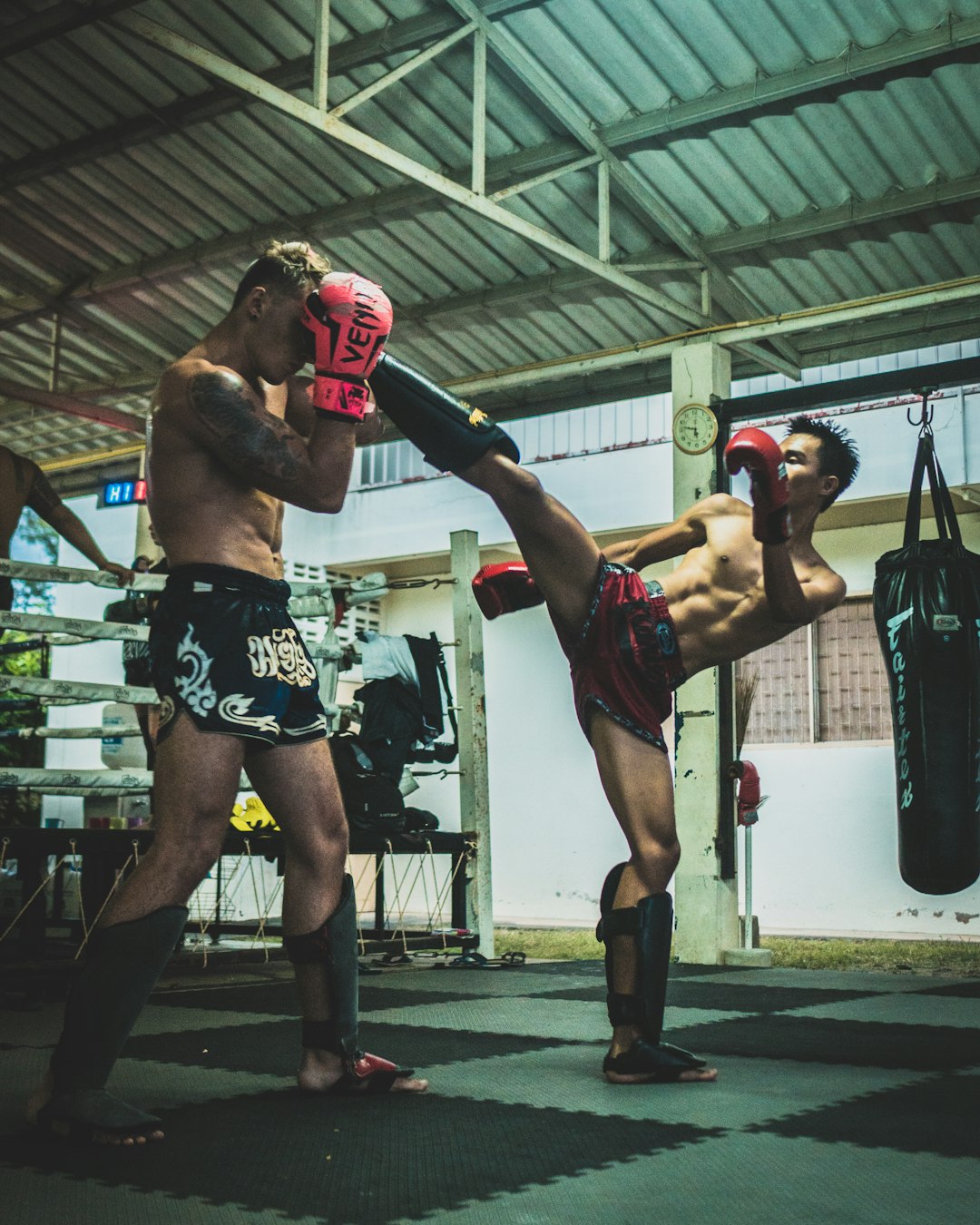There are many fundamental concepts that we need to learn, as part of learning to lift weights. Whether the weights are external or just our body, it does not matter. Here's 3 of them.

- Breathing. How are you supposed to breathe during a strength exercise? How are you supposed to breathe during a grind? During a ballistic?
- Bracing. You need to keep your core braced. Not suck your stomach in, or blow it out. But braced for a punch.
- Packing the shoulders. This is what I will discuss below.
two shoulders
The complexity is because we have two shoulders, and I don't mean left and right. There are two different joints.
- the gleno-humeral joint i.e. the joint where the arm connects to the body
- the scapula i.e. the shoulder blades in our upper/mid back
the G-H
The G-H joint is a ball-and-socket joint. Raise your hands overhead. Reach for the sky. You will find that your shoulders touch your ears - well, they are now unpacked. Pack them - see the video below. When you do a deadlift, or a press, or a swing, or well, any movement - ensure that it is not unpacked.
the shoulder blades
The shoulder blades can be
- depressed i.e. pulled down
- retracted i.e. pulled back
- protracted i.e. opposite of retracted
- shrugged i.e. opposite of depressed
Most times, the correct position is retracted + depressed. Most times. Each exercise has its subtle differences. In some exercises, you will go from protracted to retracted (the TRX row, for example). Learning to not shrug i.e. to anti-shrug and depress the shoulder blade ensures you connect the lats. For now, my recommendation would be to just practice that - pull them down a bit.
the video
The video explains a drill for keeping the shoulders packed - both of them.
Brett Jones said one of the smartest things about shoulder packing.
Don't worry about PACKING it. Just don't leave it unpacked
The reason that is genius is because when we try to keep our G-H joint inside its socket, we pull it in so much that it feels a bit constricted. Instead, as long as we do not leave it outside the socket, it is reasonably safe. Likewise, when we try to depress the scapula too much, we might end up doing things besides depressing it.
As we build technique on the movements, we will learn to pack it better and keep it packed (or rather, never let it get unpacked).
The art of resistance training is about learning that the body is one piece. Every bit has to be set correctly, and do its job.
On the deadlift, for example, the legs push into the floor and the hips drive forward. But the barbell is connecting to the body via the shoulder blades and arms. If we don't know to brace and transfer force from ground to the bar, and if we don't know to connect the body and barbell perfectly - we won't make the lift. Or worse, we could injure ourselves.
The Olympic Snatch looks cooler, so here's a video of that.
Take the time to learn fundamentals. Take the time to learn important building blocks.
